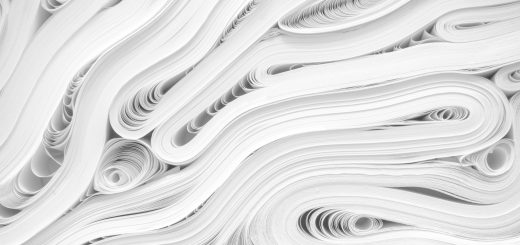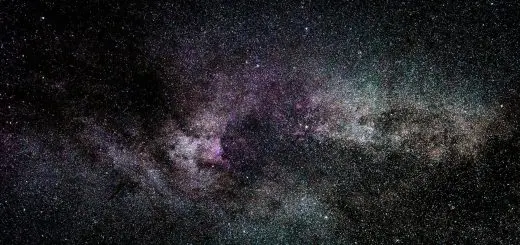Why Is the Sky Blue? Understanding Nature’s Palette

Looking for more amazing products? Check out our online store and explore our collection here! Happy shopping!
Before diving in, please note: This post is for informational purposes only. If you’d like to know more about how we approach topics, feel free to check out our friendly Disclaimer Page.
Hey there, amazing readers! 
We’re committed to delivering quality posts, and your support (even just sticking around despite the ads) means everything to us. So, bear with us, and thanks for helping us keep the good vibes rolling. Now, on to the fun stuff!
TRANSLATE BUTTON AT THE END OF THE ARTICLE
Have you ever looked up on a clear day and wondered why the sky is such a brilliant shade of blue?
It’s one of those questions we often ask as kids, and while the answer is grounded in science, it’s also a beautiful story about how sunlight dances through the atmosphere.
Let’s explore why the sky appears blue, step by step.
The Basics of Sunlight and Colors
To understand why the sky is blue, we first need to know a little about sunlight.
While sunlight might look white to our eyes, it’s actually made up of all the colors of the rainbow—red, orange, yellow, green, blue, indigo, and violet.
These colors have different wavelengths, which are simply the distance between one wave of light and the next.
Longer wavelengths: Colors like red and orange have longer wavelengths.
Shorter wavelengths: Colors like blue and violet have shorter wavelengths.
How Light Interacts with the Atmosphere
When sunlight enters Earth’s atmosphere, it encounters molecules of air, dust, and water vapor.
These particles scatter the sunlight in all directions.
This process is called Rayleigh scattering, and it affects shorter wavelengths (blue and violet) more than longer ones (red and yellow).
So why don’t we see a violet sky?
That brings us to the next point.
Why Blue and Not Violet?
Technically, violet light is scattered even more than blue light.
However, there are a couple of reasons why we perceive the sky as blue instead of violet:
Our eyes are more sensitive to blue: Human eyes have receptors that are much better at detecting blue than violet.
The Sun emits less violet light: There’s simply more blue light in sunlight for our eyes to pick up.
As a result, blue dominates the sky we see.
What Happens During Sunrise and Sunset?
At sunrise and sunset, the sky often turns shades of orange, pink, and red.
This happens because the Sun is lower on the horizon, so its light travels through more of the atmosphere.
Along the way, the shorter blue and violet wavelengths are scattered so much that they essentially disappear from view, leaving the longer red and orange wavelengths to paint the sky.
What About a Cloudy Day?
On cloudy or overcast days, the sky might appear gray or white.
This is because clouds scatter all wavelengths of light equally, creating a more uniform color.
The dramatic blue fades away without the direct interaction of sunlight with the atmosphere.
Why Is the Sky a Deeper Blue in Certain Places?
If you’ve been to a high-altitude area or a remote island, you may have noticed that the sky seems a much deeper, richer blue.
This happens because there are fewer air particles or pollutants to scatter the light, allowing the blue wavelengths to shine more intensely.
Other Planets and Their Skies
Interestingly, not all planets have blue skies.
For example:
Mars: The sky appears red or pink due to its dusty atmosphere.
Uranus and Neptune: Their skies appear blue, but for a different reason—they contain methane, which absorbs red light and scatters blue light.
Conclusion
The sky’s brilliant blue is a natural masterpiece created by the interaction of sunlight and the atmosphere.
From the scattering of shorter wavelengths to the unique way our eyes perceive color, it’s a fascinating mix of physics and perception.
So, the next time you look up at a clear blue sky, take a moment to appreciate the science—and beauty—that makes it possible.

The Enlightenment Journey is a remarkable collection of writings authored by a distinguished group of experts in the fields of spirituality, new age, and esoteric knowledge.
This anthology features a diverse assembly of well-experienced authors who bring their profound insights and credible perspectives to the forefront.
Each contributor possesses a wealth of knowledge and wisdom, making them authorities in their respective domains.
Together, they offer readers a transformative journey into the realms of spiritual growth, self-discovery, and esoteric enlightenment.
The Enlightenment Journey is a testament to the collective expertise of these luminaries, providing readers with a rich tapestry of ideas and information to illuminate their spiritual path.
Our Diverse Expertise
While our primary focus is on spirituality and esotericism, we are equally passionate about exploring a wide range of other topics and niches 

To ensure we provide the most accurate and valuable insights, we collaborate with trusted experts in their respective domains 
Our blog originally focused on spirituality and metaphysics, but we’ve since expanded to cover a wide range of niches. Don’t worry—we continue to publish a lot of articles on spirituality! Frequently visit our blog to explore our diverse content and stay tuned for more insightful reads.
Hey there, amazing reader! 
Check out our store here and take a peek at some of our featured products below! Thanks for being awesome!











